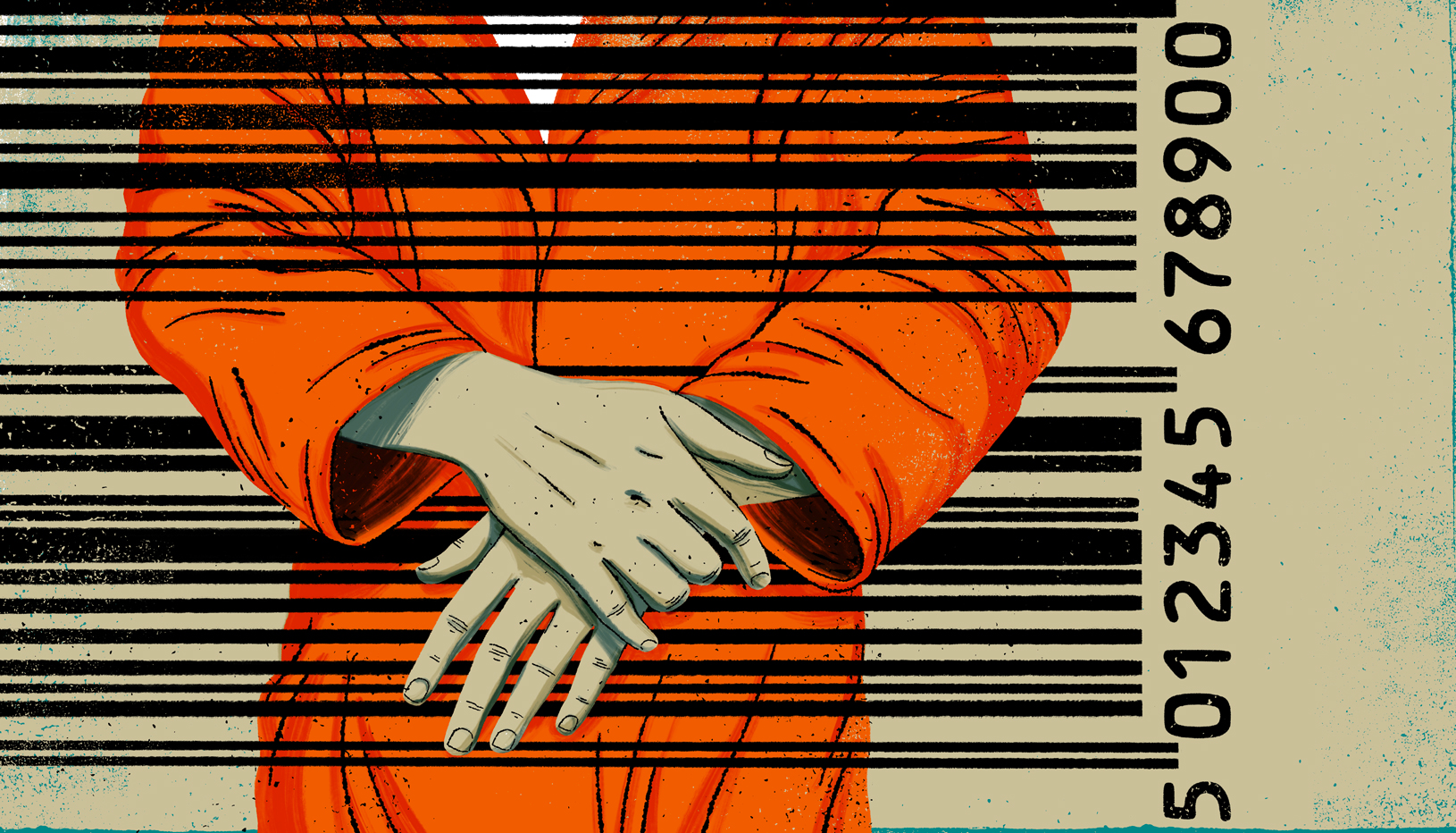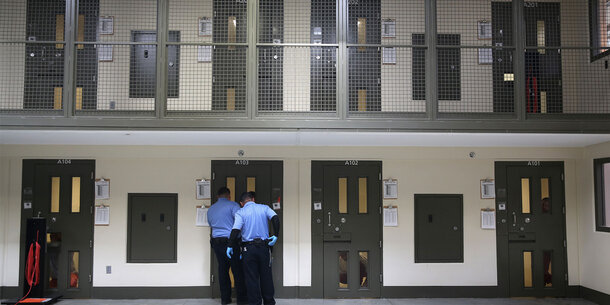You’re reading The Briefing, Michael Waldman’s weekly newsletter. Click here to receive it every week in your inbox.
The Brennan Center is proposing an innovative approach to criminal justice reform. We call it the Public Safety and Prison Reduction Act. This pathbreaking initiative seeks to reverse the polarity of federal incentives, using federal dollars to move states toward providing public safety without relying on the excesses of mass incarceration.
Most criminal justice policy, of course, happens at the state level. But the federal government plays a powerful role, for good or ill. The 1994 crime bill was a mixed bag, as we have written before. It included an assault weapons ban, 100,000 community police officers, and the Violence Against Women Act. But it also included a provision with long-term harmful consequences: $12.5 billion in financial incentives that spurred states to further expand prison populations. It did not start mass incarceration, but it deepened it.
Decades of research confirm that more incarceration does not lead to safe and thriving communities. In fact, Brennan Center research indicates that nearly 40 percent of the current U.S. prison population is incarcerated without any compelling public safety justification.
That’s why this new initiative is so important. The proposal would provide federal dollars to get at the root of what’s causing unnecessary incarceration in each state. It would use $1 billion in federal funding as an incentive to shrink state prison populations and enhance public safety. The bill would also prohibit participating states from enacting excessively punitive sentencing laws, such as mandatory-minimum laws and truth-in-sentencing statutes, during the funding period. Federal dollars would continue to flow to states that successfully implement the policy changes and reduce unnecessary incarceration, with funds earmarked for tracking and measuring success.
This would be, to paraphrase President Biden, a big deal. If the 25 states with the largest prison populations used these funds to reduce imprisonment by 20 percent, 179,000 fewer people would be confined behind bars in just three years. That would slash state prison populations by more people than are currently incarcerated in the entire federal prison system.
Why not just cut off federal funds altogether? That would not force a fundamental rethink of the states’ approach to criminal justice. The Public Safety and Prison Reduction Act would give states a reason to develop smarter, leaner, data-driven responses to crime. Federal dollars matter. Let’s use that power to promote a less wasteful and more just approach to criminal justice.







